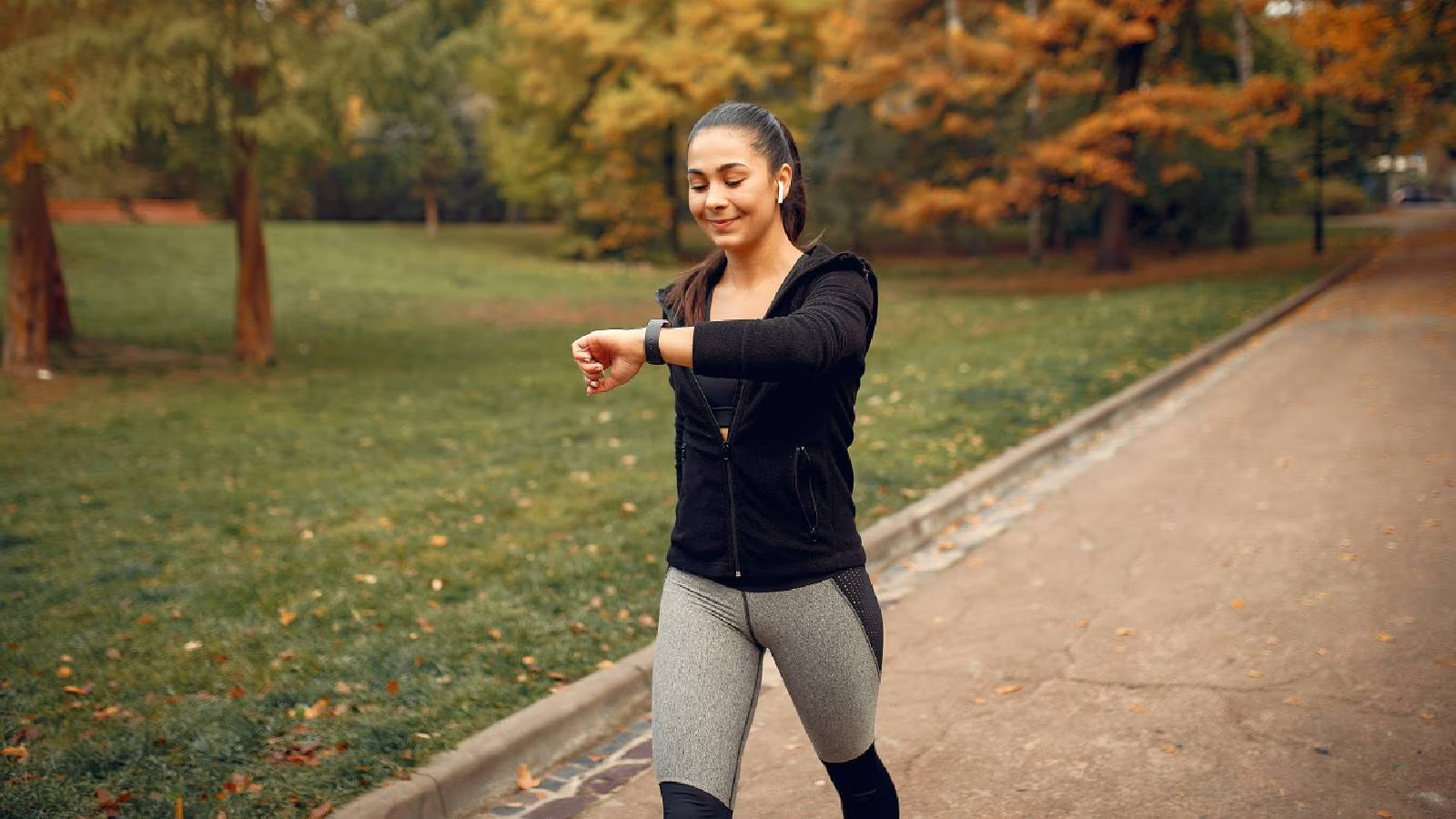
In today’s fast-paced world, many individuals seek effective ways to stay fit without straining their bodies. Low-impact exercises, such as walking, have gained popularity as beginner-friendly fitness options that minimize stress on joints and muscles. These exercises are particularly beneficial for those new to fitness, individuals with joint concerns, or those recovering from injuries. In this article, we will delve into the benefits of low-impact exercises, focusing on walking, and provide practical tips for incorporating them into your routine.
Understanding Low-Impact Exercise
What Is Low-Impact Exercise?
Low-impact exercises are physical activities that place minimal stress on the joints while still providing cardiovascular and muscular benefits. Unlike high-impact exercises like running or jumping, low-impact activities involve movements that are gentler on the body. Examples include walking, swimming, cycling, and yoga.
Why Choose Low-Impact Exercises?
Low-impact exercises offer several advantages:
- Joint Protection: They reduce the risk of joint strain and injuries.
- Accessibility: Suitable for individuals of all fitness levels.
- Consistency: Easier to maintain over time, promoting long-term health benefits.
The Power of Walking
Health Benefits of Walking
Walking is one of the simplest and most effective low-impact exercises. Engaging in regular walking sessions can lead to:
- Improved Cardiovascular Health: Regular walking strengthens the heart, lowers blood pressure, and reduces the risk of heart disease.
- Weight Management: Walking helps burn calories, aiding in weight loss and maintenance.
- Enhanced Mental Well-being: It can alleviate symptoms of depression and anxiety by releasing endorphins.
- Better Sleep Quality: Consistent walking promotes deeper and more restful sleep.
Scientific Insights
A study published in the British Journal of Sports Medicine found that just 75 minutes of moderate-intensity exercise per week—equivalent to about 11 minutes a day—can significantly improve health outcomes. This amount of physical activity is associated with a 17% reduction in cardiovascular disease risk, a 7% decrease in cancer risk, and a 23% lower risk of early death. Activities such as brisk walking qualify as moderate-intensity exercises.
Getting Started with Low-Impact Fitness
Tips for Beginners
If you’re new to low-impact exercises, consider the following tips:
- Start Slowly: Begin with short sessions and gradually increase duration and intensity.
- Wear Appropriate Footwear: Choose comfortable shoes that provide adequate support.
- Stay Hydrated: Drink water before, during, and after your workout.
- Set Realistic Goals: Aim for achievable targets to stay motivated.
Incorporating Walking into Daily Life
In addition to dedicated walking sessions, look for opportunities to walk throughout the day:
- Take the Stairs: Opt for stairs instead of elevators.
- Walk During Breaks: Use short breaks at work to take a brisk walk.
- Walk with a Friend: Combine social time with physical activity.

Read About: The Science Behind Exercise and Mental Health in Teens
Exploring Other Low-Impact Exercises
While walking is an excellent starting point, incorporating a variety of low-impact exercises can enhance overall fitness:
- Swimming: Provides a full-body workout with minimal joint strain.
- Cycling: Improves cardiovascular health and leg strength.
- Yoga: Enhances flexibility, balance, and mental clarity.
- Pilates: Focuses on core strength and posture.
These activities can complement your walking routine and prevent workout monotony.
Overcoming Challenges
Common Obstacles
Some individuals may face challenges in maintaining a low-impact fitness routine:
- Lack of Time: Incorporate short sessions into your daily schedule.
- Motivation: Set clear goals and track progress to stay motivated.
- Weather Conditions: Consider indoor alternatives like treadmill walking or online workout videos.
Staying Consistent
Consistency is key to reaping the benefits of low-impact exercises. Establishing a routine and gradually increasing intensity can lead to sustained improvements in health and fitness.
Conclusion
Low-impact exercises, particularly walking, offer a sustainable and effective approach to fitness for beginners. By starting slowly, setting achievable goals, and incorporating a variety of activities, individuals can enhance their physical health and mental well-being. Remember, the journey to fitness is personal, and every step taken contributes to a healthier lifestyle.
Author: Sonam










